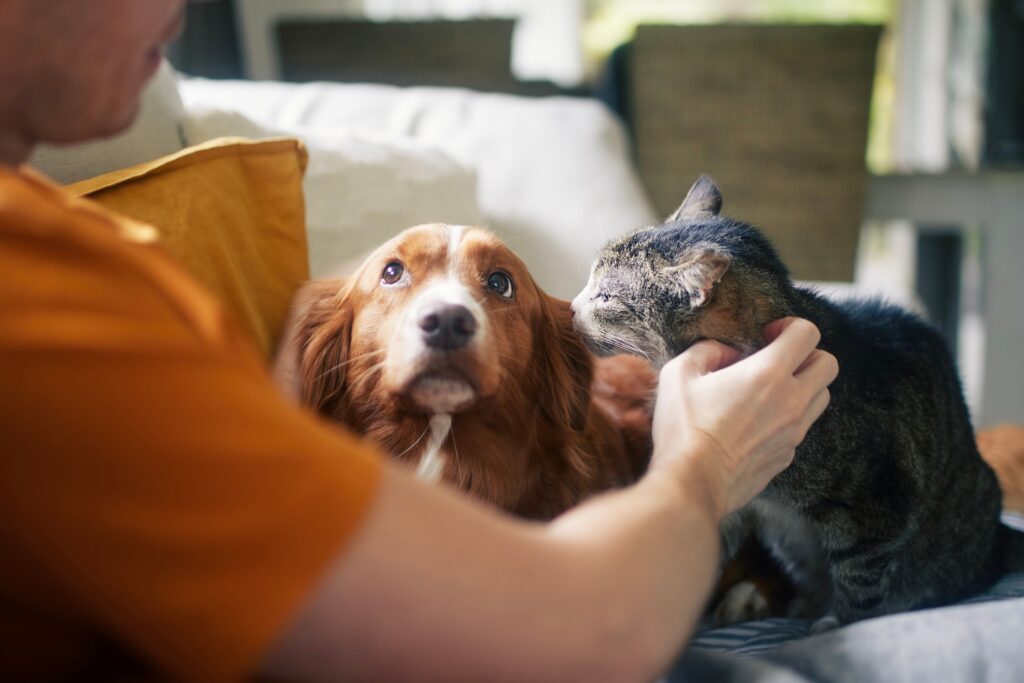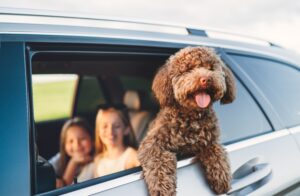No one likes to think about emergencies or disasters. As this is the season for hurricanes, severe storms, and fires, as well as other natural and manmade emergency events, we need to plan for ourselves and our pets. Let’s focus this discussion on planning for your pet(s) in a disaster requiring your evacuation. If it is unsafe for you to stay home, it is unsafe for your pet as well.
FEMA guidelines restrict pets from Emergency Shelters. Service, guide and hearing dogs may be allowed. Local emergency management officials can be consulted to see if such a pet is eligible. Evacuating becomes much easier if you plan ahead on where you and your pet(s) will go. Local shelters and veterinary hospitals can be consulted on their ability to take in pets. Hotels and motels, out of the area, can be contacted about their pet policies and whether these would be waived in an evacuation. Create a list of places and phone numbers you and your pets can go in an emergency. Make sure you know the restrictions on the number of pets, size, and species allowed. Keep this list with your emergency phone numbers. Make reservations early if an evacuation is likely.
If you need to evacuate with your pet(s), be prepared by making a Go Bag for each pet. All pets will need a minimum of 3 days of food and water and appropriate bowls and/or water bottles.
Items need to be placed in a waterproof container and need to include:
- Medications and medical records
- Pictures of your pet with you
- Microchip, tattoo and identifying marks and scar information
- Collar or harness, including ID Tag, Rabies Tag, and leash
- First aid kit
- Crate or pet carrier of sufficient size for your pet to stand and turn around
- A litter box for cats
- Familiar items such as toys, treats or bedding to reduce your pet’s stress
- Sanitation items such as trash bags, paper towels, and cleaning agents
What about our more exotic pets?Birds should be transported in a secure travel cage or carrier. Provide fruits or vegetables with high water content during transport. Take medical records and any medications. Have photos of the bird along with band or microchip information. Do not let the bird out of the cage or carrier.
Pocket pets need to travel in secure carriers. Take bedding, water bottles and food.
Transport reptiles in a carrier or pillowcase. Transfer to a secure carrier when you reach your destination. Carry necessary food, soaking bowls, and heating pads.




